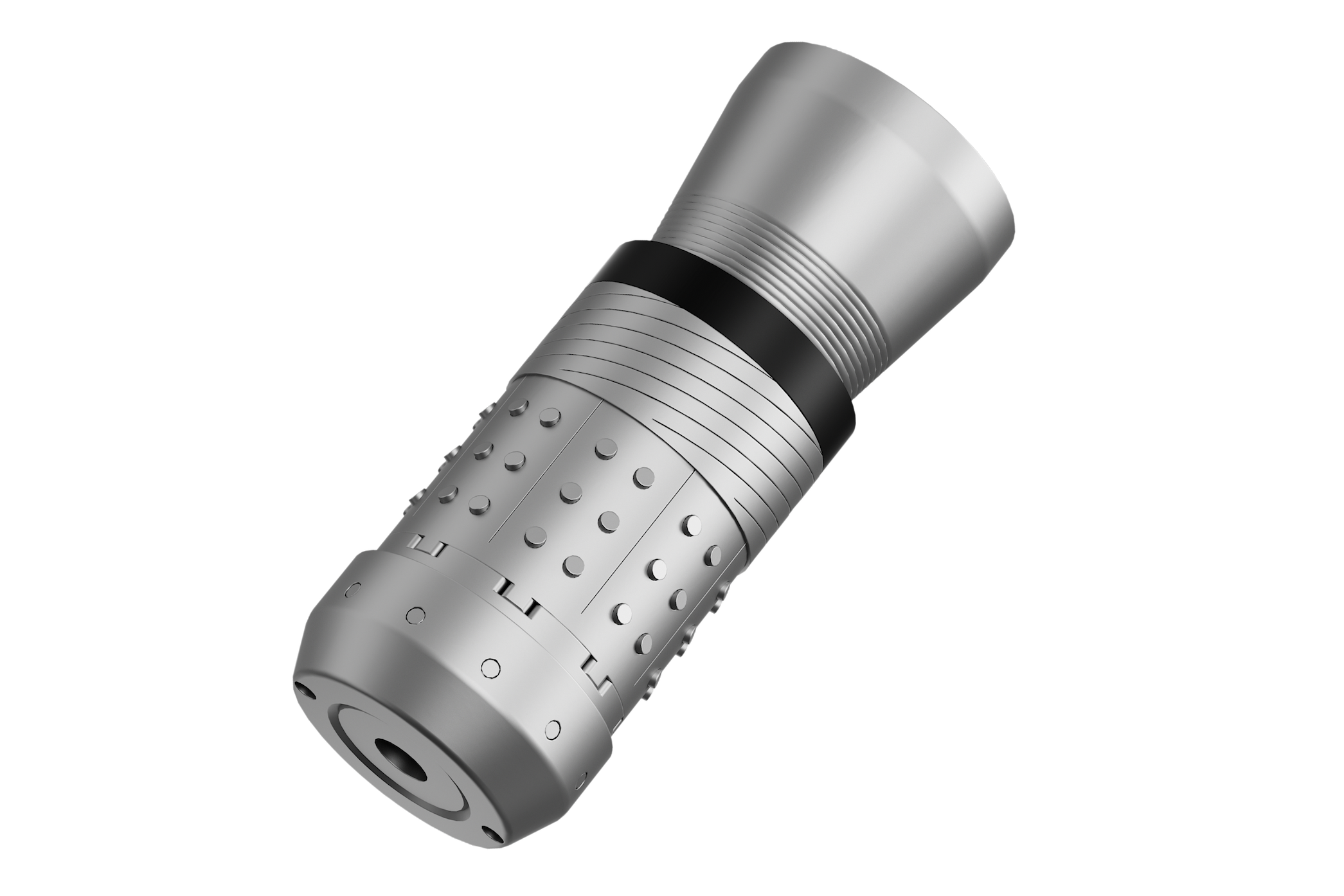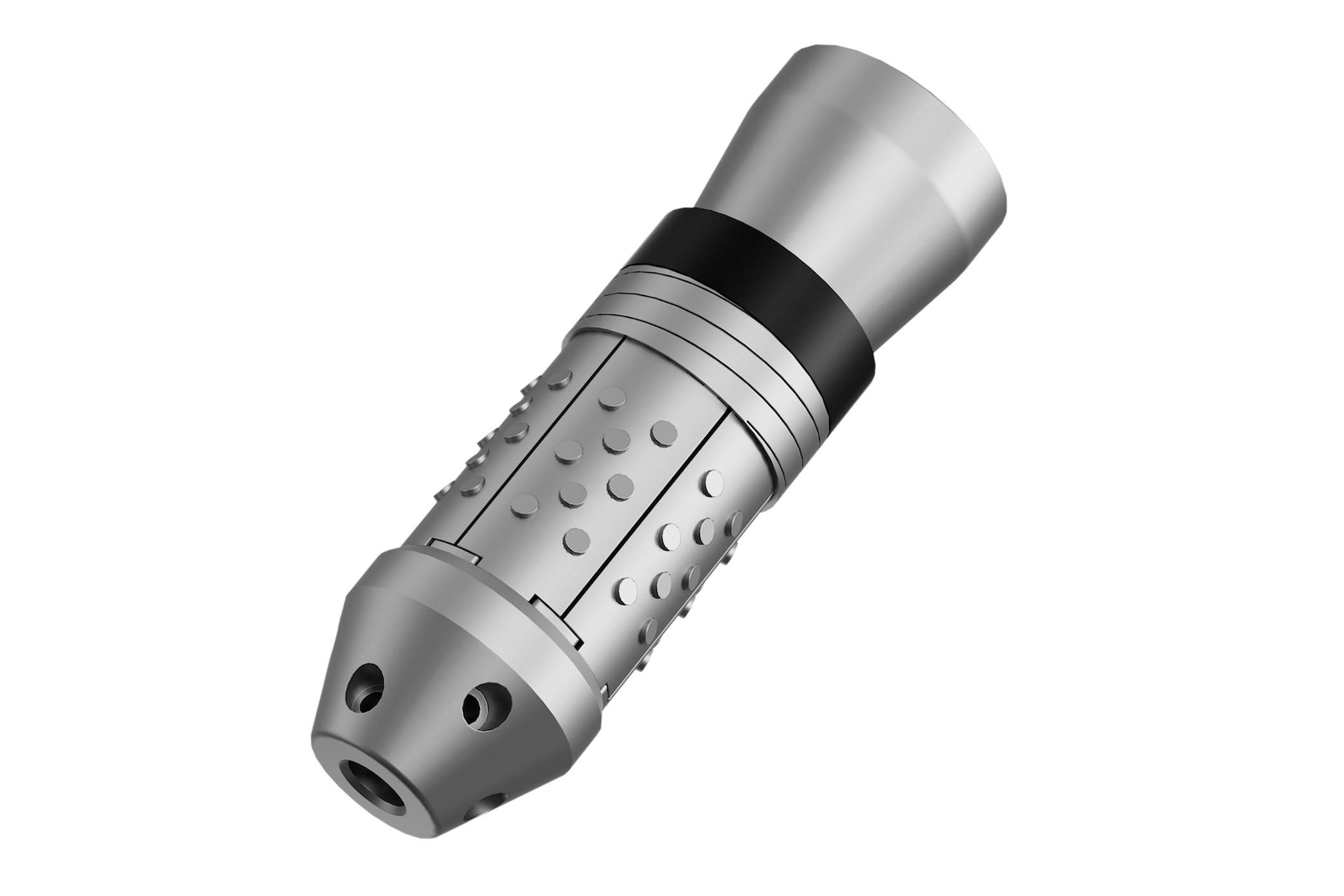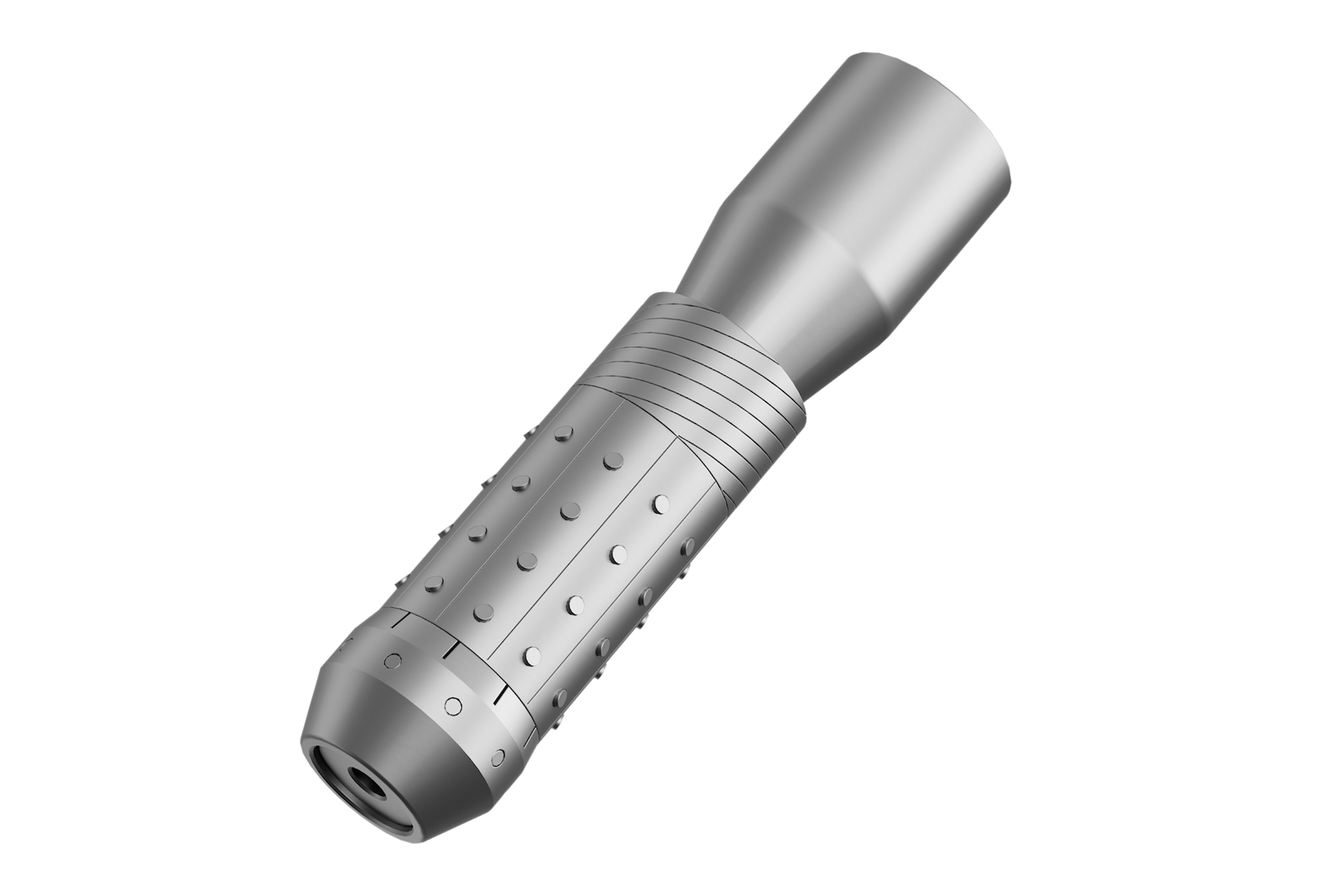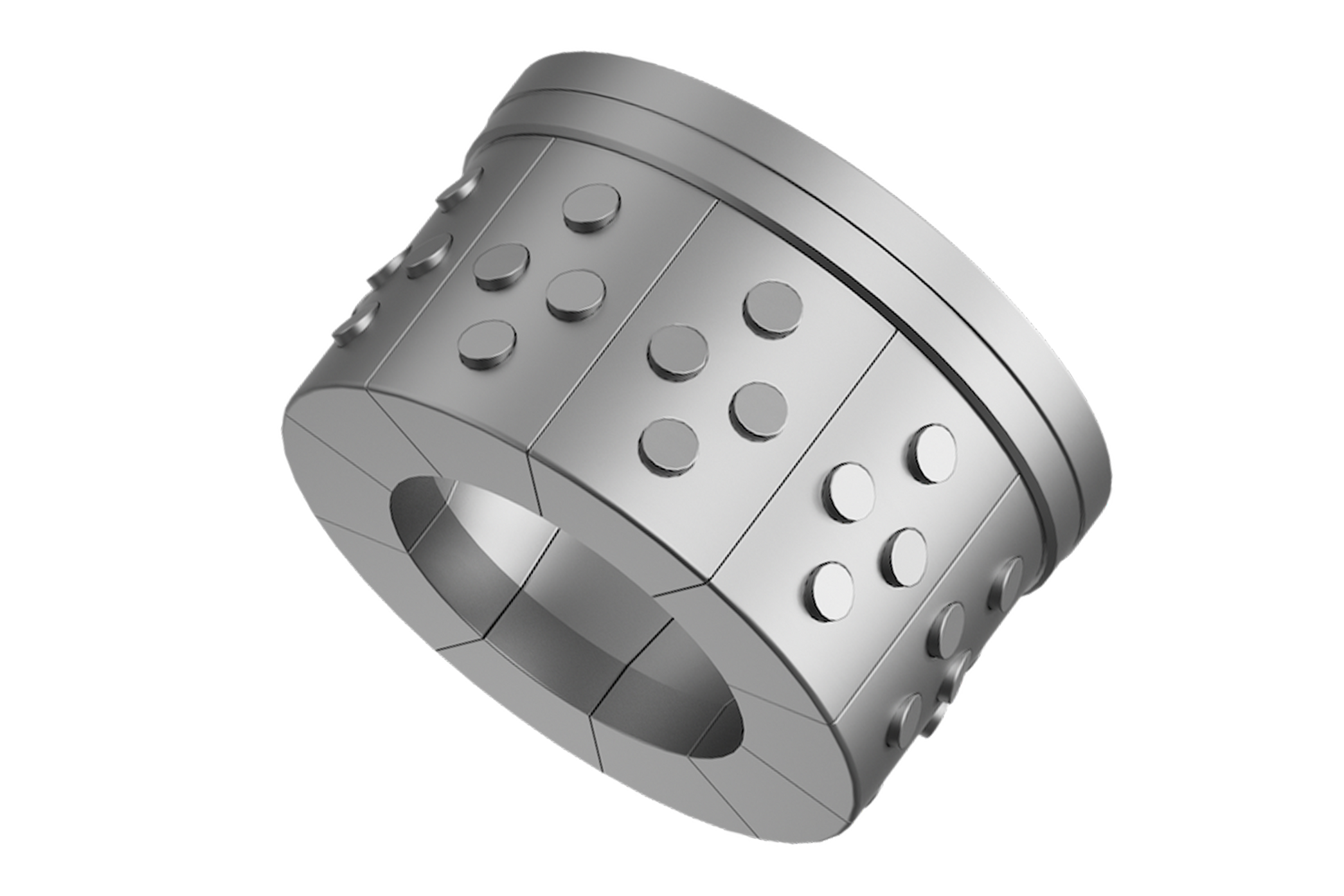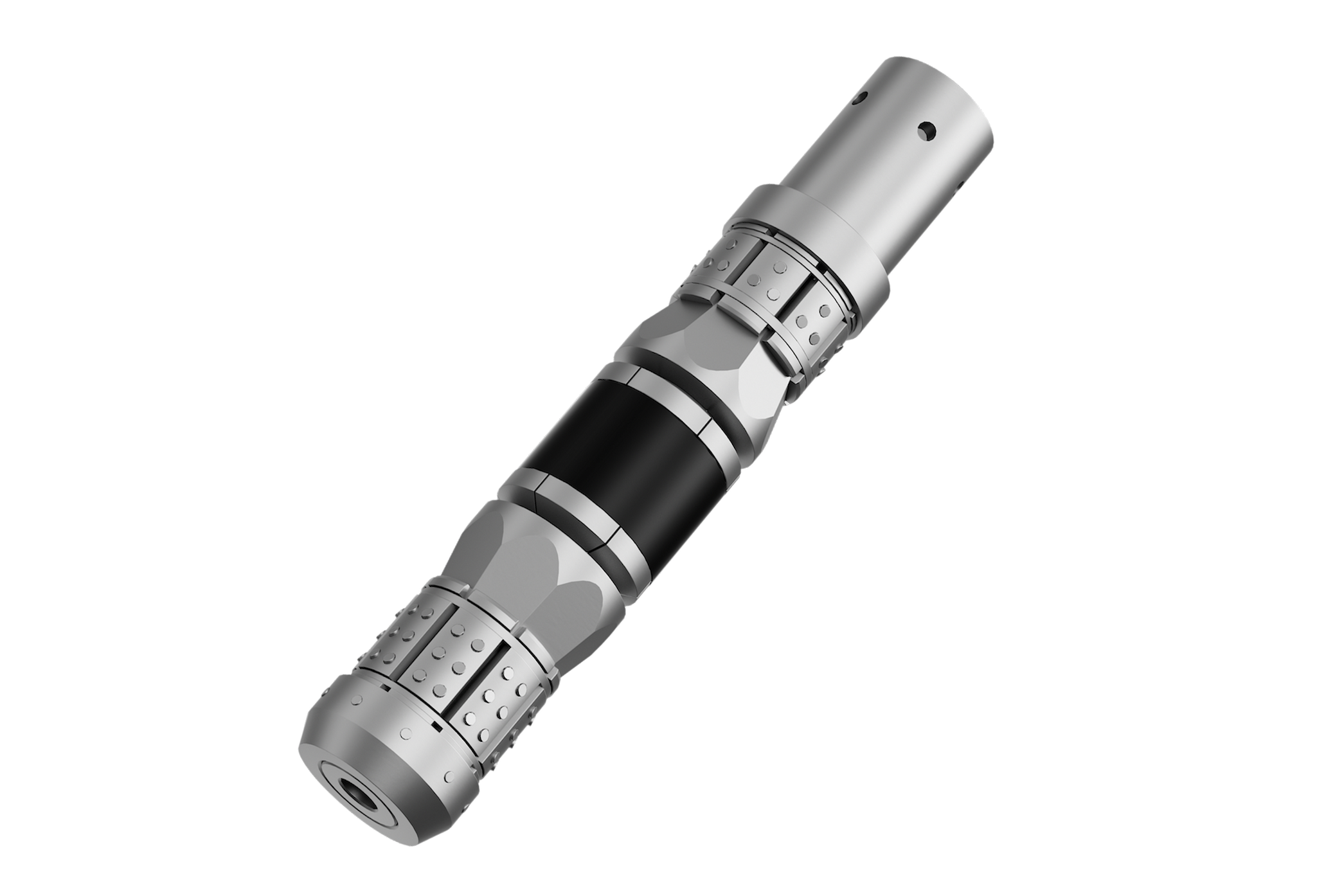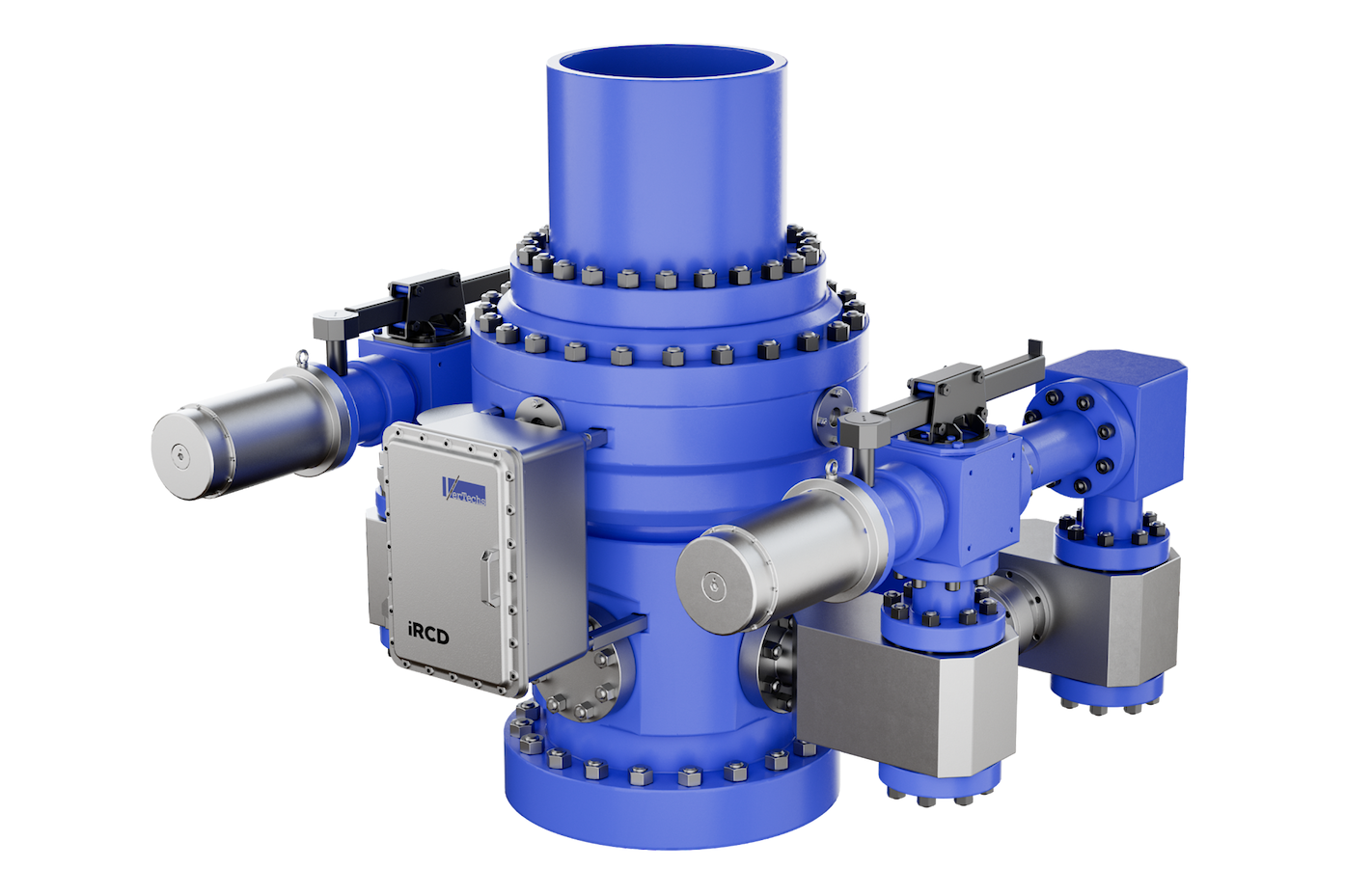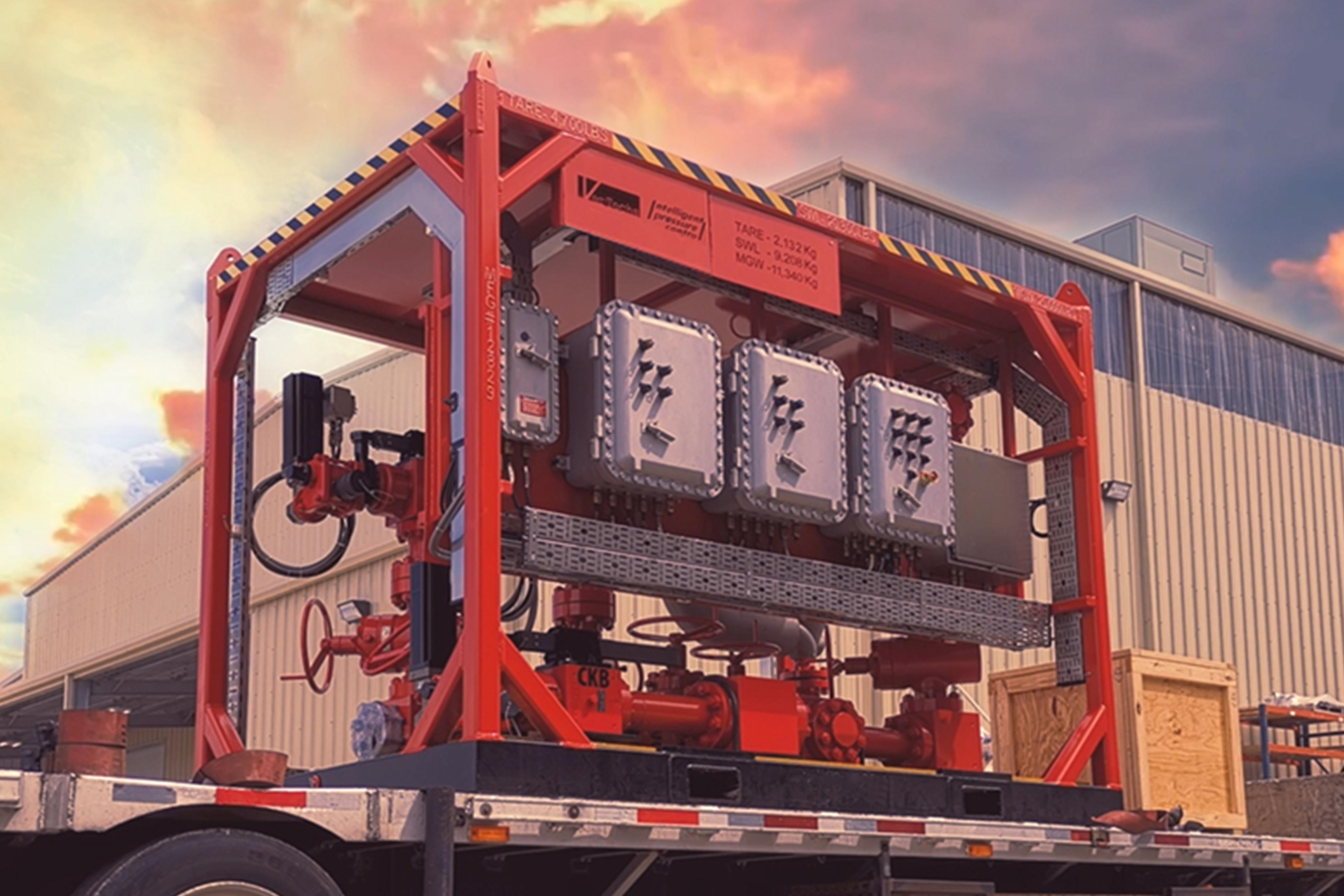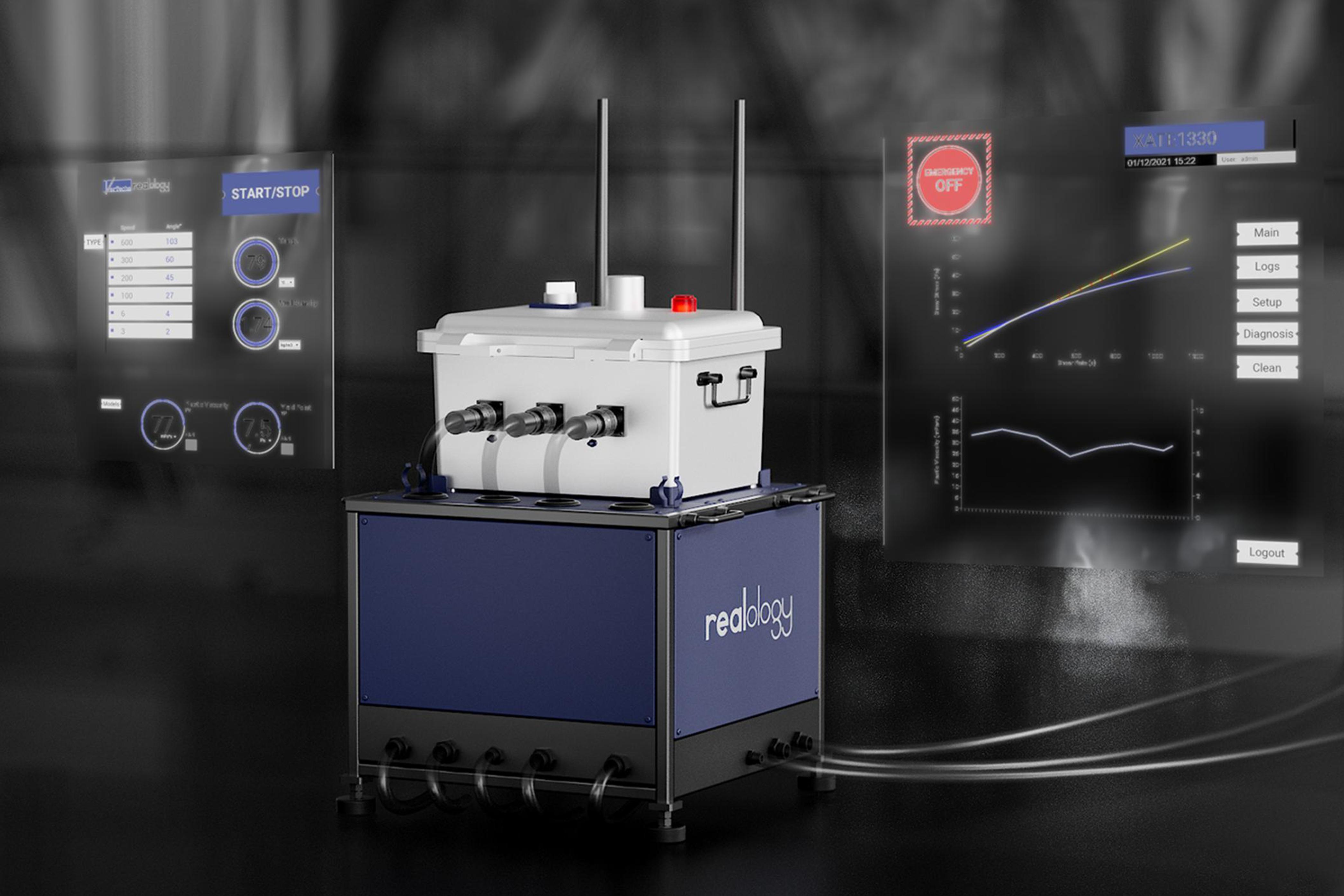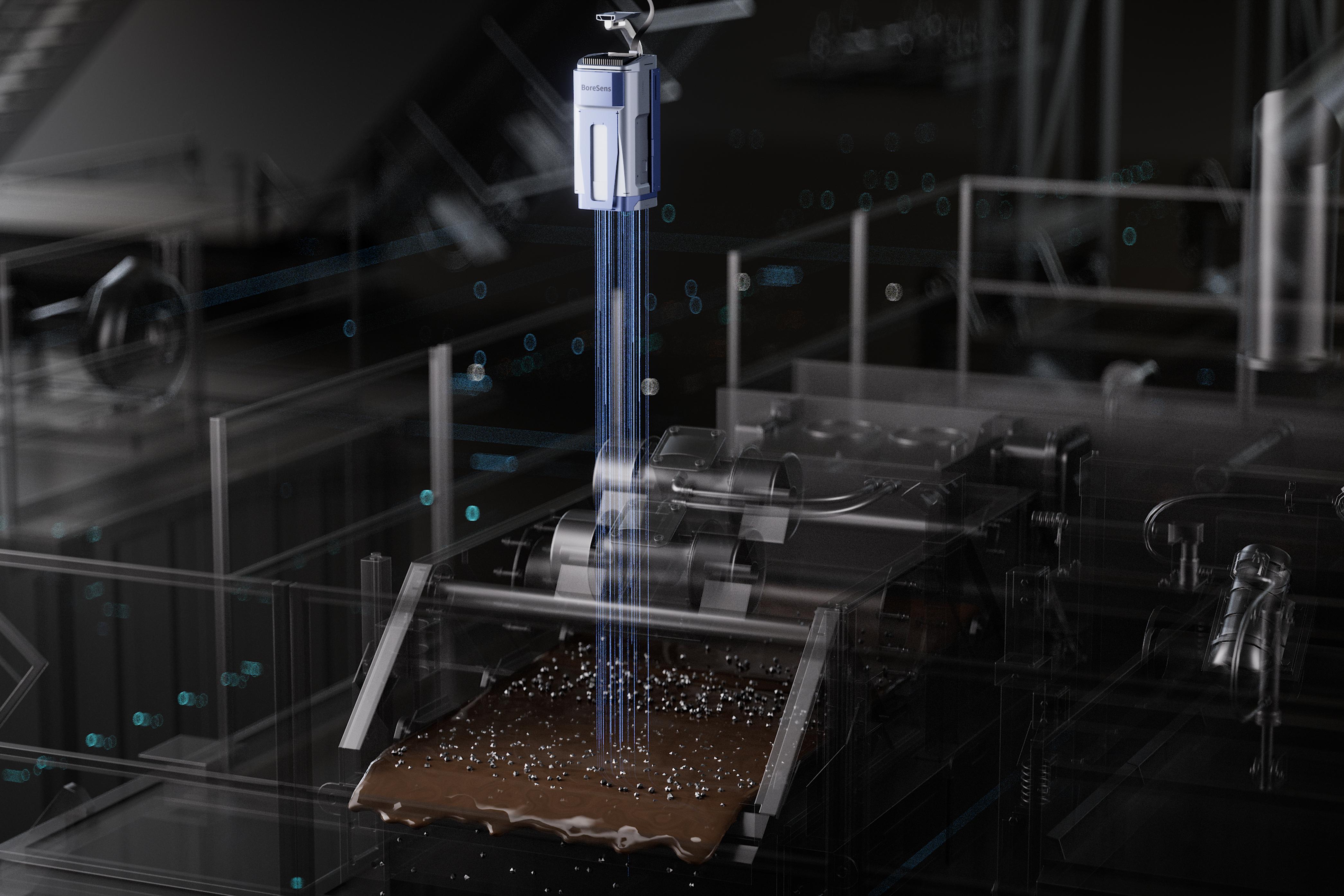Smart Fluids, Smarter Wells: How Drilling Fluid Innovation Drives Modern Oilfield Efficiency
2025-07-31
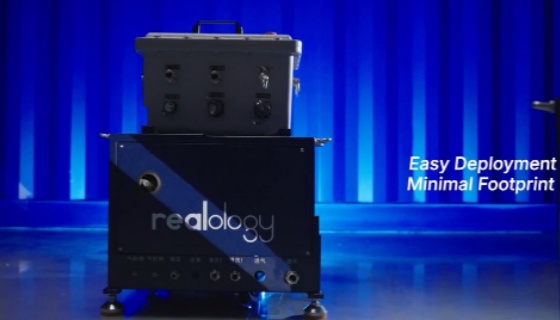
In the rapidly evolving world of oil and gas exploration, the role of drilling fluid is far more than just a lubricant or cooling agent. It's the unsung hero that supports every phase of the drilling process—from the moment the drill bit breaks ground to the final stages of well completions. At the core of this evolution are innovative companies like Vertechs, which are redefining performance benchmarks through state-of-the-art drilling engineering software and integrated solutions.
Drilling fluid, often referred to as mud, plays a crucial role in maintaining wellbore stability, transporting cuttings to the surface, cooling the drill bit, and managing formation pressures. But these functions are no longer treated in isolation. In modern operations, particularly those managed with Vertechs’ engineering solutions, drilling fluid strategies are seamlessly integrated with broader systems such as drilling casing design, completions planning, and derrick configuration.
Take drilling casing as an example. The selection and deployment of casing depend heavily on the interaction between the fluid and the formation. An optimized drilling fluid not only protects the casing from corrosive elements but also reduces the chances of differential sticking and formation damage. Vertechs' technical tools enable real-time monitoring and predictive modeling, allowing engineers to adjust fluid parameters on the fly, ensuring the casing operation proceeds without delays or failures.
Once the well reaches target depth, the transition to drilling completions brings a new set of challenges. This stage demands precise control over fluid loss, formation compatibility, and clean-up efficiency. Here, the knowledge built through continuous drilling fluid monitoring feeds directly into the completions strategy. Vertechs provides advanced modeling and simulation platforms that consider fluid history, thermal dynamics, and rock mechanics to streamline this handover, eliminating unnecessary non-productive time and enhancing long-term well performance.
Standing above all this activity—both literally and figuratively—is the drilling derrick. While it may appear to be just structural steelwork from the outside, it’s in fact a hub of coordination where multiple systems, including fluid circulation, are meticulously managed. The derrick hosts sophisticated hoisting and fluid handling systems, many of which rely on software integration for efficiency. Vertechs, for instance, offers automated software solutions that tie derrick operations with downhole conditions, ensuring fluid pressures remain within safe limits while optimizing rate of penetration (ROP).
What truly differentiates companies like Vertechs in this landscape is the convergence of traditional drilling hardware with digital intelligence. Their drilling engineering software acts as a unifying backbone across operations. It enables engineers to simulate wellbore conditions, evaluate casing integrity, predict stuck pipe risks, and even conduct pre-job planning that accounts for every fluid-related variable. The software’s ability to process massive amounts of data in real-time leads to smarter decisions, often before problems even arise.
This kind of foresight is no longer optional—it’s essential. With reservoirs becoming deeper, hotter, and more geologically complex, relying on legacy practices for fluid management just isn’t sustainable. Vertechs' approach offers a modern, integrated vision where drilling fluid is not a side consideration but a central pillar of the operation. Their systems analyze how fluid interacts with different formation zones, predicts pressure transition zones, and helps teams optimize casing points to reduce cost and risk.
Moreover, by embedding their drilling engineering software into the workflow from the planning phase onward, Vertechs ensures that decisions made at the surface are grounded in downhole realities. This continuous feedback loop between modeling, monitoring, and modification allows for agile execution. Engineers can spot trends, test new fluid recipes virtually, and push the limits of performance without compromising safety or environmental integrity.
Even post-drilling, the influence of drilling fluid persists. In plug and abandonment or in workover operations, residual mud properties can impact operational outcomes. Vertechs’ archival data systems allow teams to retrieve detailed fluid histories, offering valuable insight into what strategies succeeded or failed in previous campaigns—an edge that leads to better planning and lower operational costs in the long run.
Ultimately, while the term “drilling fluid” might suggest something basic or one-dimensional, in reality, it is one of the most dynamic components of modern well construction. Whether it’s enabling smooth casing runs, supporting efficient completions, harmonizing with derrick operations, or powering the algorithms inside cutting-edge engineering software, its influence is deep and far-reaching. Thanks to forward-thinking companies like Vertechs, the industry is learning how to harness the full potential of drilling fluids—not just as physical substances, but as intelligent, responsive tools that adapt, inform, and empower at every step of the well lifecycle. To learn more about how Vertechs can support your energy technology needs, please contact us or email us at engineering@vertechs.com.
Read Our One More Blog(1): Breaking New Ground: MPD Drilling's Role in Enhancing Oil Recovery
Read Our One More Blog(2): From Concept to Dissolution: Exploring the Lifecycle of Dissolvable Frac Plugs


